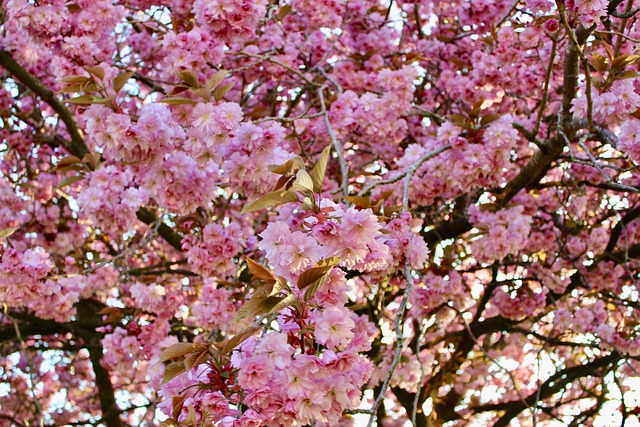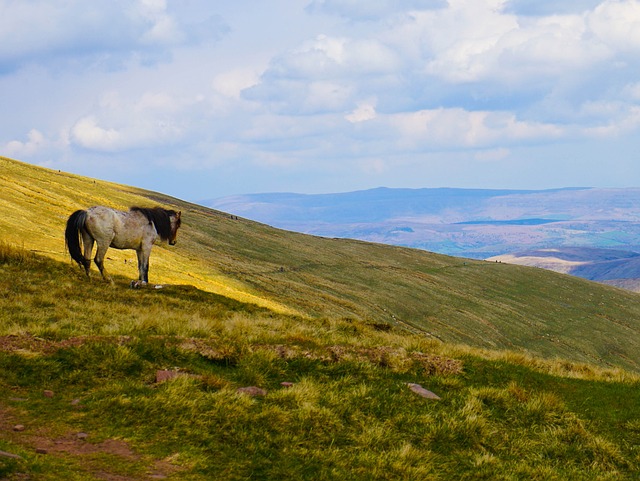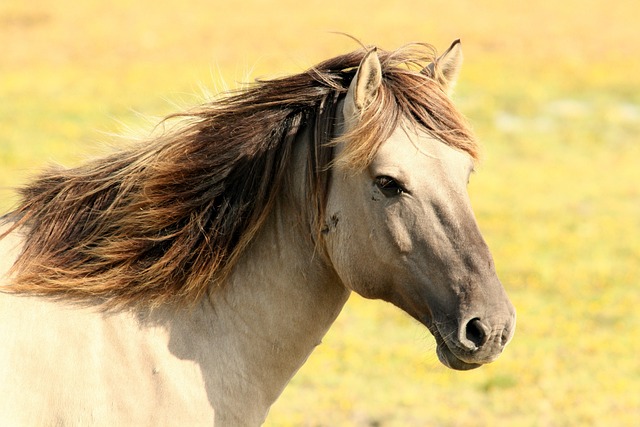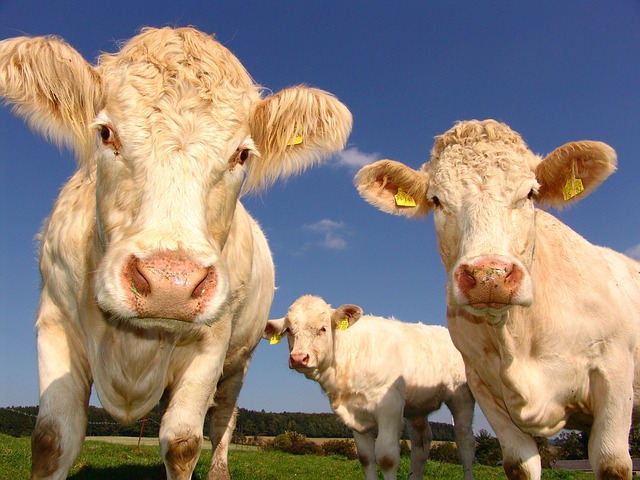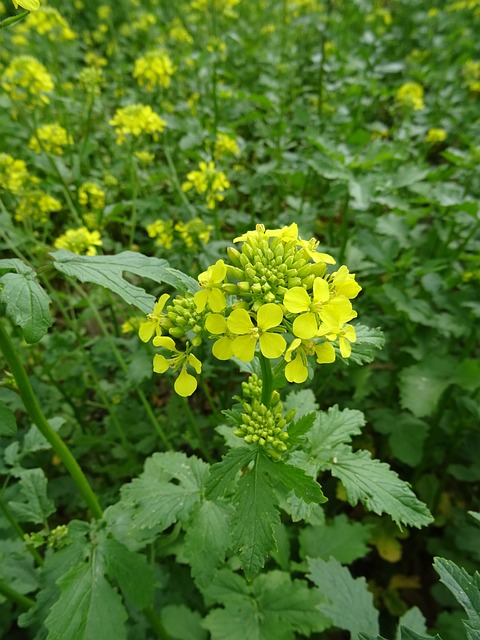
Charlock
February 1, 2023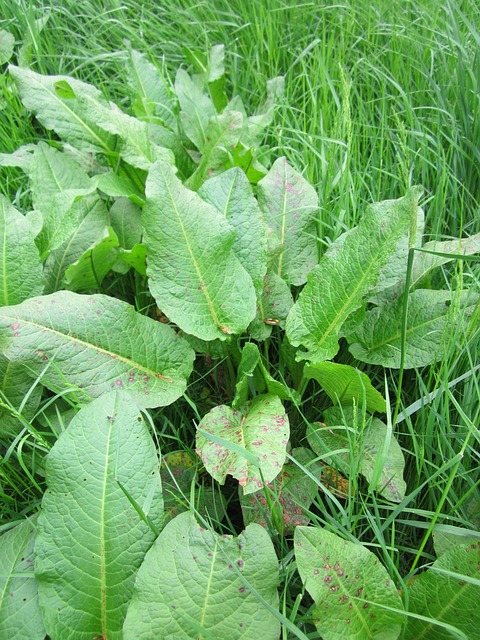
Curly dock
February 1, 2023Cherry Trees in the UK: A Guide to their Beauty and Dangers
Cherry trees are a beloved sight in the UK, with their delicate pink and white blooms appearing each spring. However, while these trees are a welcome addition to many gardens and parks, they also come with a warning: the cherries themselves, and in some cases the leaves, can be toxic to horses. In this blog, we will discuss the beauty of cherry trees, as well as the dangers they pose to horses and how to keep your equine friends safe.
The Beauty of Cherry Trees
Cherry trees are part of the Rosaceae family and are native to Asia. In the UK, the most commonly found species are the Prunus cerasus (sour cherry), Prunus avium (sweet cherry), and the Prunus dulcis (almond). These trees are prized for their fragrant and beautiful blooms, as well as the sweet, juicy cherries they produce in the summer.
The blooms of cherry trees are a favourite of many people, as they are one of the first signs of spring. The flowers appear in clusters, with each individual blossom consisting of five petals. The colour of the blooms can range from pale pink to deep pink, with some varieties even having white blooms. These blossoms are not only beautiful but also attract pollinators, making cherry trees an important part of the ecosystem.
The Dangers of Cherry Trees to Horses
While cherry trees are beautiful and beloved, they can be dangerous to horses. The leaves, twigs, and bark of cherry trees contain cyanogenic compounds, which can release hydrogen cyanide (a poison) if they are damaged or chewed. Ingesting even a small amount of these toxic compounds can lead to serious health problems in horses, including colic, respiratory distress, and even death.
The cherries themselves can also be toxic to horses. While the flesh of the cherries is not toxic, the seeds contain cyanogenic compounds. Ingesting a large number of cherry seeds can lead to cyanide poisoning in horses. Additionally, overconsumption of cherries can cause digestive problems, such as colic, bloating, and diarrhea. Equally toxic are cherry (black cherry, chokecherry, and fire cherry) peach and plum trees, all members of the Prunus species.
How to Keep Horses Safe
It is important to keep horses away from cherry trees, especially during the spring when the trees are in bloom and the cherries are ripe. If you have cherry trees in your pasture or paddock, make sure to fence them off or remove the trees altogether. If you have a cherry tree in your yard, make sure to keep your horse from accessing it.
If your horse does ingest cherry leaves, twigs, or bark, or if you suspect that your horse has consumed a large number of cherry seeds, it is important to seek veterinary attention as soon as possible. Your veterinarian will be able to diagnose the problem and provide appropriate treatment, which may include medication and supportive care.
Conclusion
Cherry trees are a beautiful addition to any landscape, but they can also be dangerous to horses. By being aware of the dangers posed by cherry trees and taking steps to keep horses safe, you can enjoy their beauty while also protecting your equine friends. If you have any concerns about your horse’s health, be sure to consult with a veterinarian.

